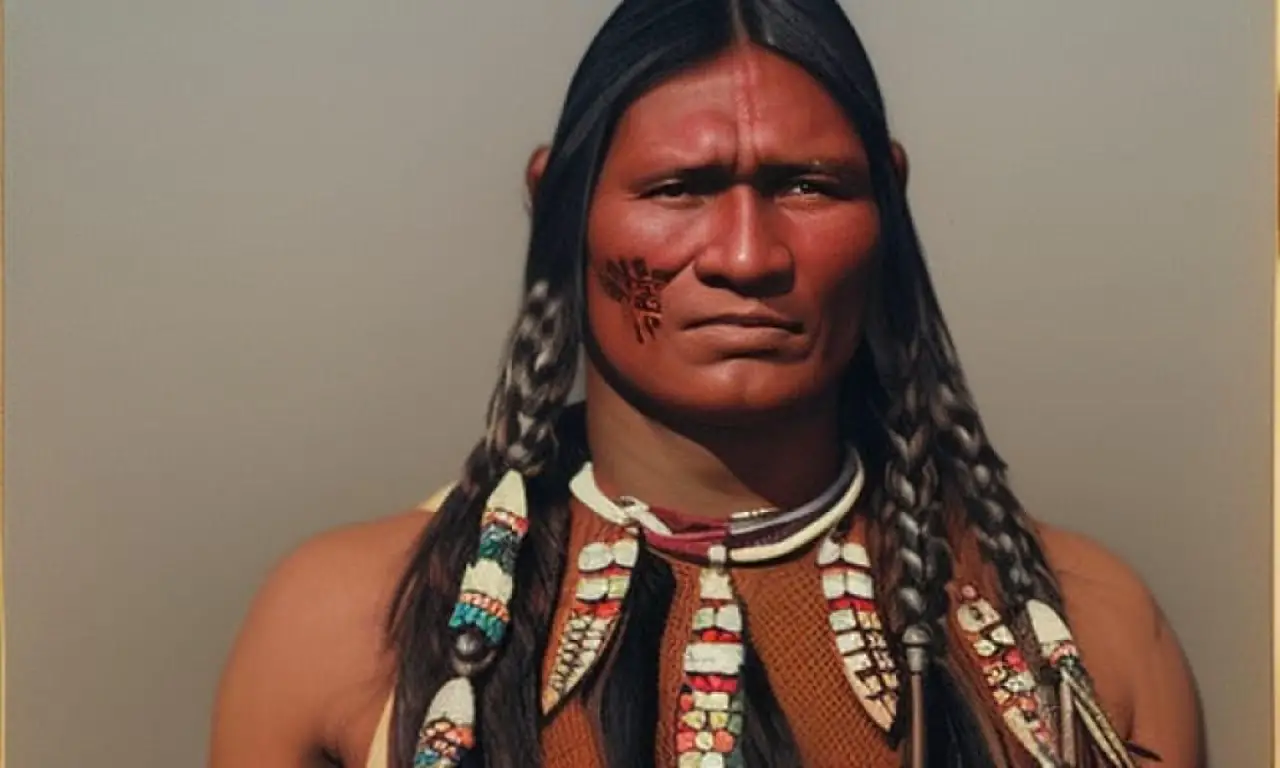The Navajo – or Diné, as they call themselves – are among the largest Indigenous peoples in North America. With a population of over 400,000 people and a vast tribal territory in the Southwestern United States, they have managed to keep their cultural traditions alive despite colonization, forced relocations, and social change. But how exactly is it possible to preserve a centuries-old culture across generations?
Origins and History of the Navajo
The Navajo originally come from the area that today includes Arizona, New Mexico, Utah, and Colorado. Their history is marked by adaptability and resilience. As early as the 16th century, they came into contact with Spanish colonizers and later with the United States. Despite forced removals, such as the “Long Walk” in 1864, they managed to preserve their identity.
Language, ceremonies, and community structures played a key role. The Navajo have always seen themselves as part of a larger whole, connected to nature, their ancestors, and the spiritual world.
The Importance of Language
The Navajo language (Diné Bizaad) is a central pillar of cultural identity. It is considered one of the most complex Indigenous languages in North America. Although it was severely endangered in the 20th century, it has survived thanks to targeted initiatives:
- Schools in the Navajo Nation promote language education.
- Grandparents and parents intentionally pass the language on in everyday life.
- During World War II, it was used by the famous Navajo Code Talkers, which gave it further recognition.
Today, the language is a symbol of resilience and cultural pride.
Rituals and Ceremonies
The spiritual world of the Navajo is deeply connected to nature and the cosmos. Traditional ceremonies such as the Healing Way or the Blessing Way play an important role. They serve healing, protection, and harmony between humans, nature, and spirit.
Particularly significant is the concept of Hózhó, which stands for beauty, balance, and harmony. This principle not only shapes ceremonies but also everyday life and the worldview of the Navajo.
Art and Handicrafts
Another way the Navajo have preserved their traditions is through art and craftsmanship. Worldwide, they are especially known for:
- Navajo rugs and weaving, often featuring geometric patterns with spiritual meaning.
- Silver jewelry with turquoise, valued not only for beauty but also as a symbol of protection and healing.
- Sand paintings, created during ceremonies to release spiritual energy.
This craftsmanship has been passed down through generations and remains an important source of income for many families today.
Community and Tribal Council
Political and social structures also played a decisive role. The Navajo Nation Council, the largest tribal council in the United States, ensures that traditions are linked with modern governance. Decisions are often made collectively and in alignment with traditional values.
Adapting to Modern Times
Despite their traditions, the Navajo are not a people frozen in the past. Instead, they have managed to bridge tradition and modernity:
- Educational institutions teach both Western knowledge and traditional values.
- Media and the internet are used to document and pass on culture.
- Tourism offers a platform to share stories, rituals, and handicrafts with a global audience.
Challenges and Future
Of course, the Navajo also face challenges: unemployment, poverty, and health issues affect many community members. There is also the risk that younger generations may feel less connected to traditions.
At the same time, numerous projects are actively promoting language, rituals, and arts. In the field of sustainable agriculture and renewable energy, the Navajo are also making strides to connect tradition with the future.
Conclusion
The history of the Navajo shows that traditions do not survive by remaining rigid, but by adapting dynamically. Language, rituals, craftsmanship, and community structures form the foundation upon which the Navajo continue to maintain their identity today.
In a world that is constantly changing, the Navajo are an example of how cultural roots can not only be preserved but also carried into the future – as a living heritage and inspiration for generations to come.

